India’s 5 most scenic train journeys
– Punita Malhotra
Beyond the practical daily commute are some selected train journeys celebrated for their scenic beauty, timeless charm and breathtaking vistas. These magical, scenic train rides chug through mountains, coastal and desert routes, offering a slow, sensory journey
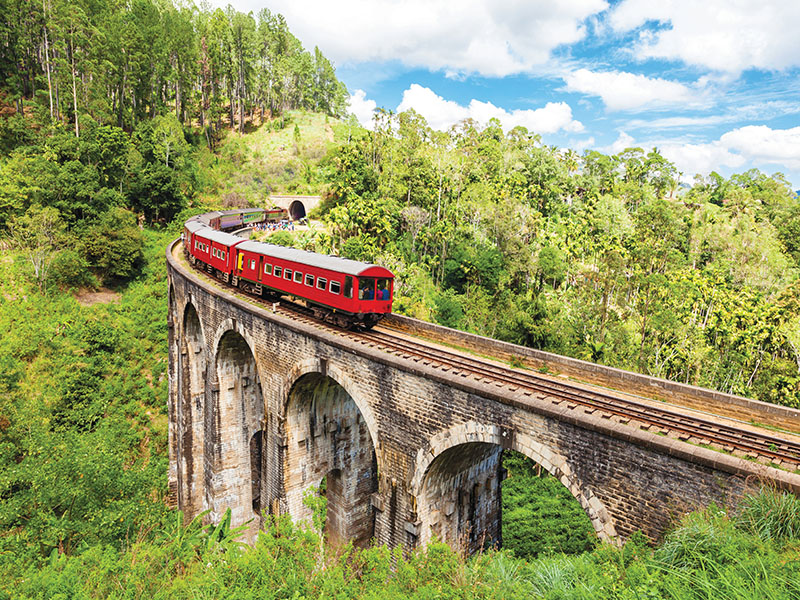
Long before four-and six-lane highways drew straight lines across the map and low-cost airlines shrank distances, railways connected the country. The romance of railways is rooted deep in India’s history. Introduced by the British in 1853, trains transformed the social and cultural fabric of the subcontinent. In the pre-independence colonial era, steam engines roared across plains, carrying cotton, spices, and stories of migration. Today, electric swifts and panoramic coaches glide over the same paths, but the heart of rail travel remains unchanged — the train window offers a moving portrait of India that no other journey can match.
India operates one of the world’s largest railway networks, spanning over 68,000 km and transporting 13 million passengers daily. For families, especially with children, a train journey is like a story unfolding track by track — filled with anticipation, curiosity, and the thrill of discovery. Geography rolls past in real time, rice paddies shimmer in the afternoon sun, bridges stretch over silent rivers, and tunnels curve into the distance. Beyond the practical commute are some notable train journeys celebrated for their scenic beauty, timeless charm and breathtaking vistas. These magical, scenic train rides chug through mountains, coastal and desert routes, offering slow, sensory journeys. My shortlist of India’s 5 most scenic and enthralling train journeys are listed below:

Kalka-Shimla Toy Train
1. Kalka-Shimla Toy Train, Himachal Pradesh
The whistle pierces the morning mist as the Kalka-Shimla Toy Train chugs out of the station, wheels clattering along narrow-gauge tracks that have traced the contours of the Shivalik hills for over a century. Designed by British engineers and inaugurated in 1903, this heritage ‘toy train’, known for its petite carriages and slow, meandering pace, is a portal into history.
From the plains of Kalka, the train begins its gentle climb, snaking around hairpin bends, over iron bridges, and through 102 tunnels carved into green hills. Pine forests stretch like velvet, terraced fields ripple in emerald waves, and tiny village hamlets display their red-tiled home roofs in the morning fog.
In the pre-independence era, the steam engine-powered train transported spices, tea, and princely passengers. Now, the toy train transports tourists, mostly families with children. Each station — Solan, Kandaghat, Barog — is a tiny theatre of life with stationmasters in crisp uniforms. As the train nears Shimla, once the summer capital of the British Raj and now of Himachal Pradesh state, the landscape transforms with colonial buildings set amidst oak and deodar forests. Families often continue their adventure in Shimla, wandering around the Mall Road, visiting Jakhoo Temple and exploring pine-clad ridges.
The best time to take this journey is from March-June or September-November, when the weather is temperate and the vistas are clear. The nearest airport is Chandigarh, 85 km from Kalka. The Kalka railway station is connected by rail with major Indian cities.
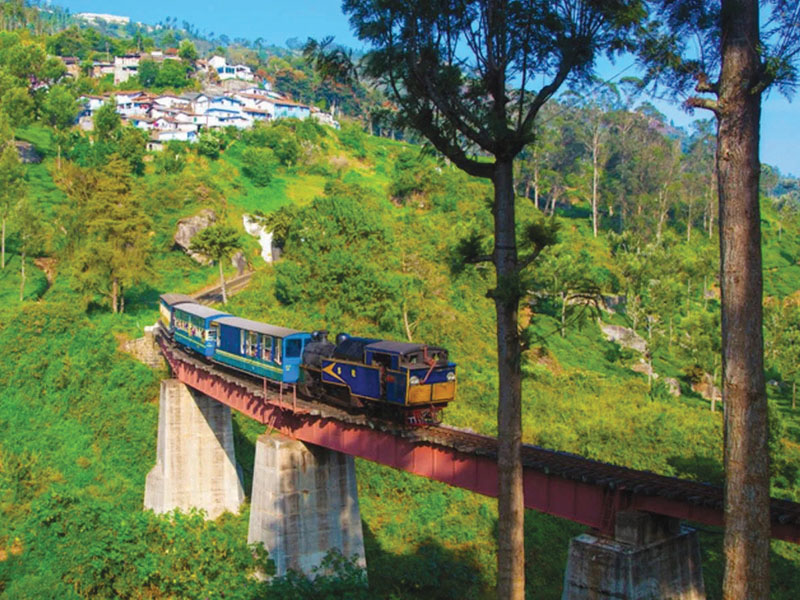
Nilgiri Mountain Railway
2. Nilgiri Mountain Railway, Tamil Nadu
The Nilgiri Mountain Railway winds like a silver ribbon through the misty hills of Tamil Nadu’s Western Ghats, climbing from the tropical warmth of Mettupalayam into the cool, fragrant highlands of Ooty aka Queen of hill stations. As the heritage train negotiates steep gradients, hairpin bends, and the occasional roaring waterfall cascading down mossy cliffs, every whistle and puff of steam carries echoes of the Raj era, when engineers overcame gravity with ingenious rack-and-pinion systems and wooden bridges spanning deep gorges.
Designated a Unesco World Heritage live exhibit, the Nilgiri Mountain Railway traverses 113 km through tea plantations, eucalyptus forests, and villages. The stations of Coonoor and Wellington are enchanting painted postcards along the route. Occasionally, the train slows at a vantage point, allowing families to marvel at the sweeping panorama, wildflowers, monkeys, or the rare Nilgiri langur perched on a branch. The journey is a living classroom for children: geography, history, flora and fauna — all unfolding outside the train window.
Ooty, the hill station at the summit, offers gentle slopes, flower gardens, and colonial charm. Families often extend their journey with a stroll around the botanical gardens, a boat ride on Ooty Lake, or a visit to local markets selling handmade chocolates and aromatic teas.
October-March is the best time to take this train ride, when the hills are clear, the air crisp, and the landscapes vivid. The nearest airport is Coimbatore, 70 km from Mettupalayam, while the Mettupalayam railway station is well connected with major South Indian cities.
3. Konkan Railway, Maharashtra-Goa-Karnataka
The Konkan Railway hugs the western coastline of India like a silver thread between the Sahyadri hills and the Arabian Sea, chugging through emerald hills, rushing rivers, and coconut groves. Unlike slow heritage hill railways, this route combines speed with drama: every curve reveals a new tableau, from palm-lined beaches to waterfalls that leap over the tracks during monsoon rains.
Covering a distance of 740 km from Roha (near Mumbai) in Maharashtra to Thokur (near Mangalore) in Karnataka, the Konkan Railway was completed in 1998 after overcoming decades of engineering challenges. The journey offers families a front-row seat to dramatic landscapes, fishing villages, and the kaleidoscope of flora and fauna along the coast.
Stations Ratnagiri, Madgaon, and Karwar offer glimpses into local life — fishermen mending nets, coconut palms swaying like sentinels, and paddy fields shimmering in tropical sunlight. The trains move fast enough to thrill, yet slow enough to observe details — intricate carvings on temple walls glimpsed in a village, the splash of a crab in a tidal creek, or the bright feathers of kingfishers darting above the water. Monsoon months, when the waterfalls are at their fullest and the rivers surge with life, add an extra layer of magic. Travellers have the option of continuing their holiday in Goa.
The best time to travel along this route is October-March. The nearest airports are Goa (Dabolim) and Mangalore, with rail stations along the route well connected to Mumbai and Bangalore.

Darjeeling-Himalayan Railway
4. Darjeeling Himalayan Railway, West Bengal
The Darjeeling Himalayan Railway aka the ‘toy train,’ climbs through mist-laden tea estates, pine forests, and vibrant hill towns. Its narrow-gauge carriages clatter over tracks that wind around the Lower Himalayas, providing a slow, rhythmic journey perfect for families with children likely to delight in tunnels, bridges, and panoramic glimpses of snow-capped peaks.
Built in 1881, the railway is a Unesco World Heritage Site and a marvel of engineering, incorporating loops, zigzags, and reverses to ascend the steep terrain. Families aboard steam or diesel-hauled trains share the thrill of seeing local villagers waving from hill paths, monkeys leaping between trees, and the vivid contrast of colourful homes against green slopes. Every station — Ghum, Kurseong, and Sonada — is a stage where history, local culture, and nature intersect, and guides often recount tales of British engineers, tea estate workers, and trains that carried goods and stories up the mountains for over a century.
Children are certain to be enchanted by the minutiae: blooming rhododendrons, the calls of barking deers in the forest, and occasional glimpse of Mount Kanchenjunga piercing the sky. Tourists can continue their holiday in Darjeeling which offers scenic tea garden walks, the Batasia Loop, and heritage sites that complement the railway experience.
The best time to travel is March-June or September-November. The nearest airport is Bagdogra. Siliguri Junction is the nearest railhead.
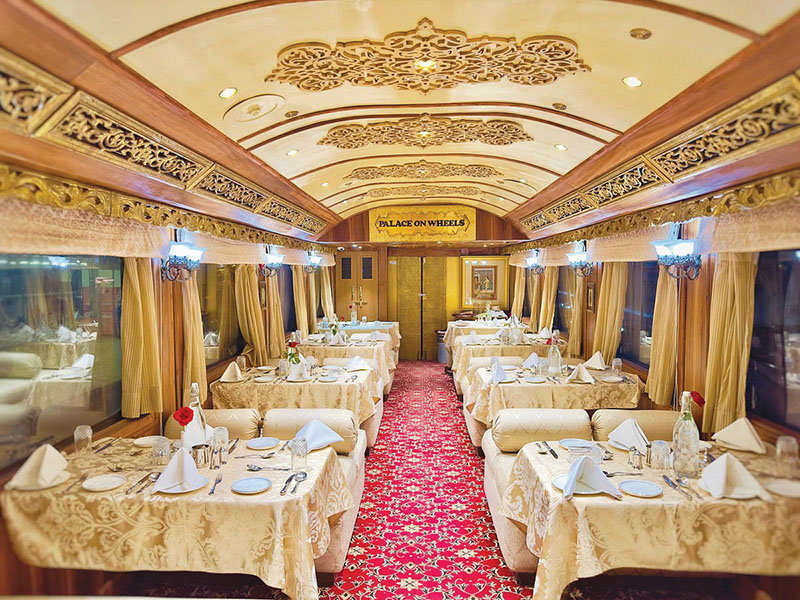
Palace on Wheels
5. Palace on Wheels, Rajasthan
For those seeking a journey steeped in grandeur, luxury and history, the Palace on Wheels is a royal experience that threads through Rajasthan’s forts, palaces, and desert landscapes. Inspired by the opulent carriages once used by Maharajas, this luxury train is an experience in regal indulgence, where every mile echoes the splendour of India’s royal past.
The train departs from Jaipur, offering tourists a glimpse of the walled pink city and its famed palaces and ramparts glowing in the morning light. Over seven days, the train winds through Jaisalmer’s golden dunes, Jodhpur’s azure alleys, Udaipur’s lakeside palaces, and Ranthambore’s wildlife reserve. Each stop is like stepping into a storybook: a puppet show in a desert village, turban-clad musicians greeting at dawn, and camels silhouetted against an orange horizon.
Inside the train, cabins are luxuriously appointed, reminiscent of princely royalty with rich wood panelling, mirrored ceilings, brass fixtures, and velvet upholstery. Meals are served in elegant dining cars and evenings are specially curated to feature local folk music and dance performances. For children, this journey offers an introduction into the rich history, culture and traditions of Rajasthan.
The best time for the Palace on Wheels journey is October-April, when Rajasthan’s weather is cool and desert nights are comfortable. The nearest airport/railway station is Jaipur.
Recommended hotels
Shimla. WelcomHeritage Elysium, Shimla – Classic hill charm with pine views, cozy family rooms, and colonial-era warmth (Rs.8,000 per night).
Coonoor. IHCL SeleQtions – Tea estate views, vintage décor, and spacious lawns (Rs.9,000).
Goa. Alila Diwa Goa – Secluded luxury resort with family-friendly pools, lush gardens, and easy access to beaches along the Konkan coast (Rs.12,000).
Darjeeling. Elegant Hillside Hotel — Wooden interiors, views of Kanchenjunga, and a quiet, family-friendly atmosphere (Rs.7,500).
Jaipur. Samode Haveli, Jaipur — A heritage haveli with courtyards, frescoed walls, and a royal ambience (Rs.9,000-11,000).






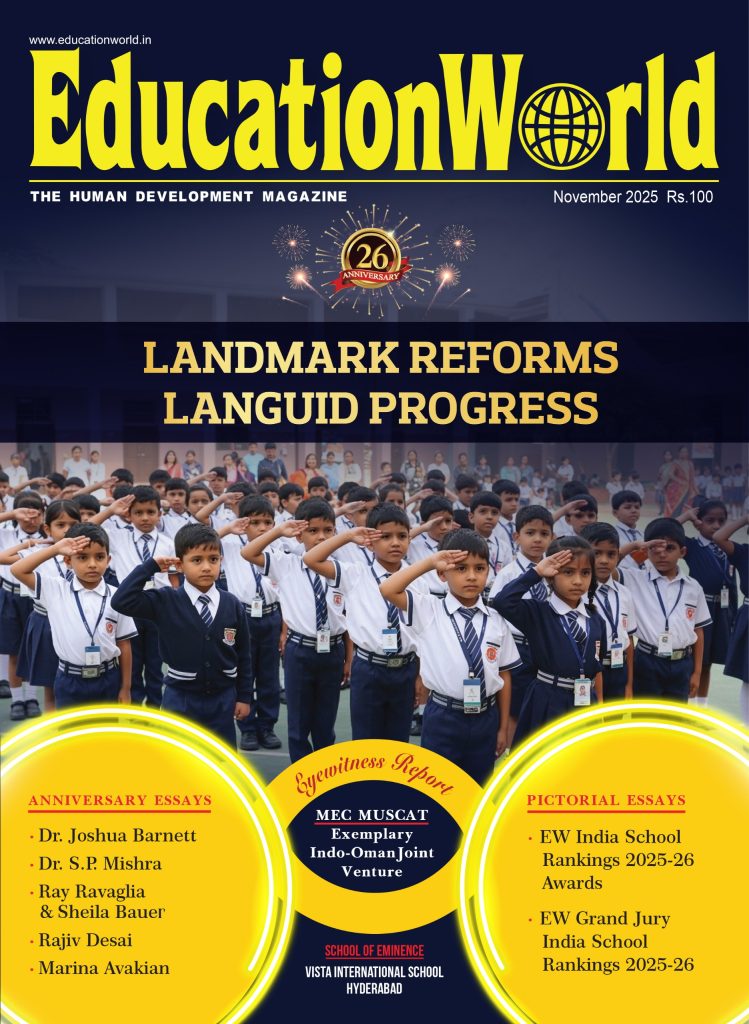




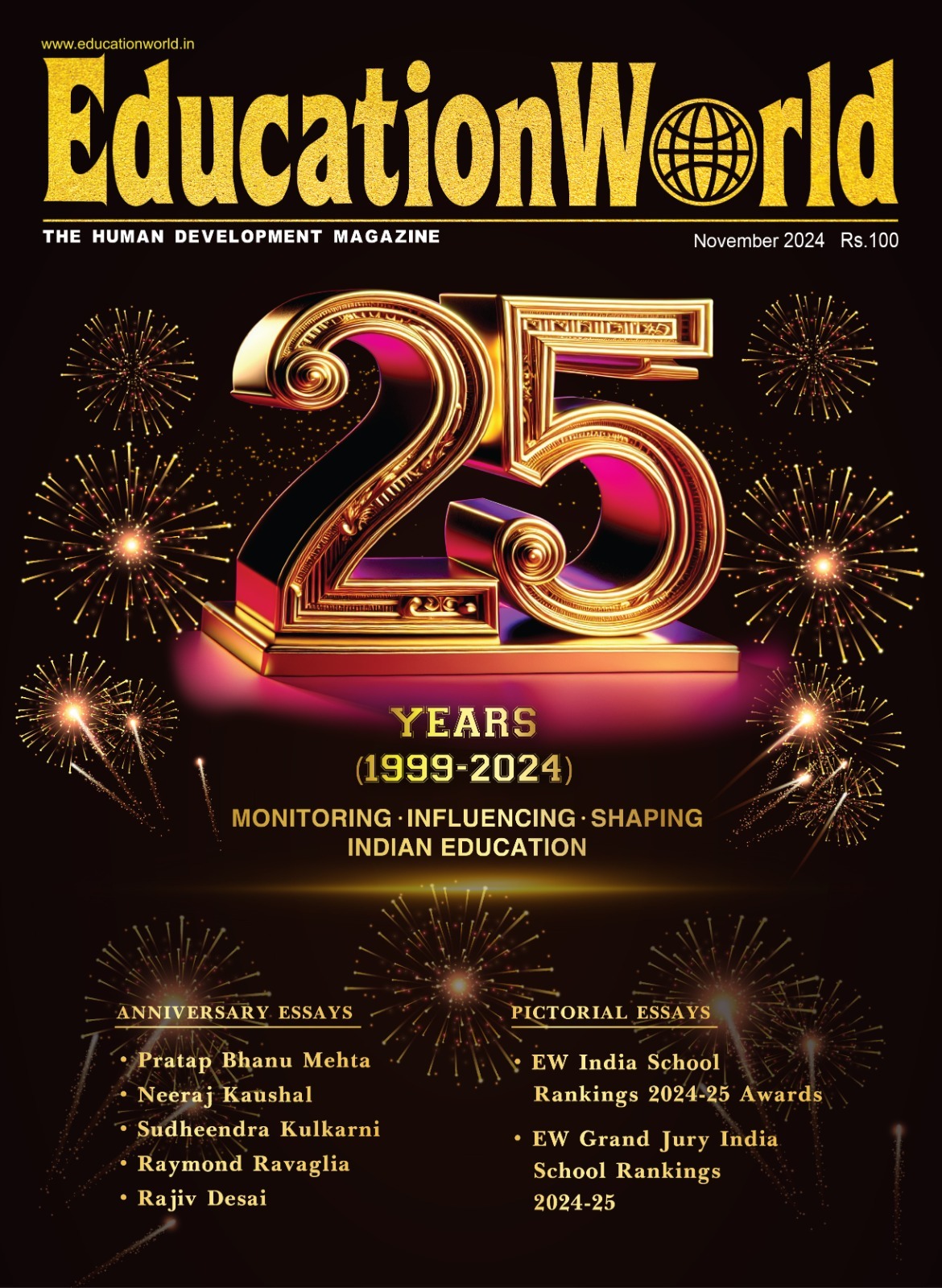



Add comment